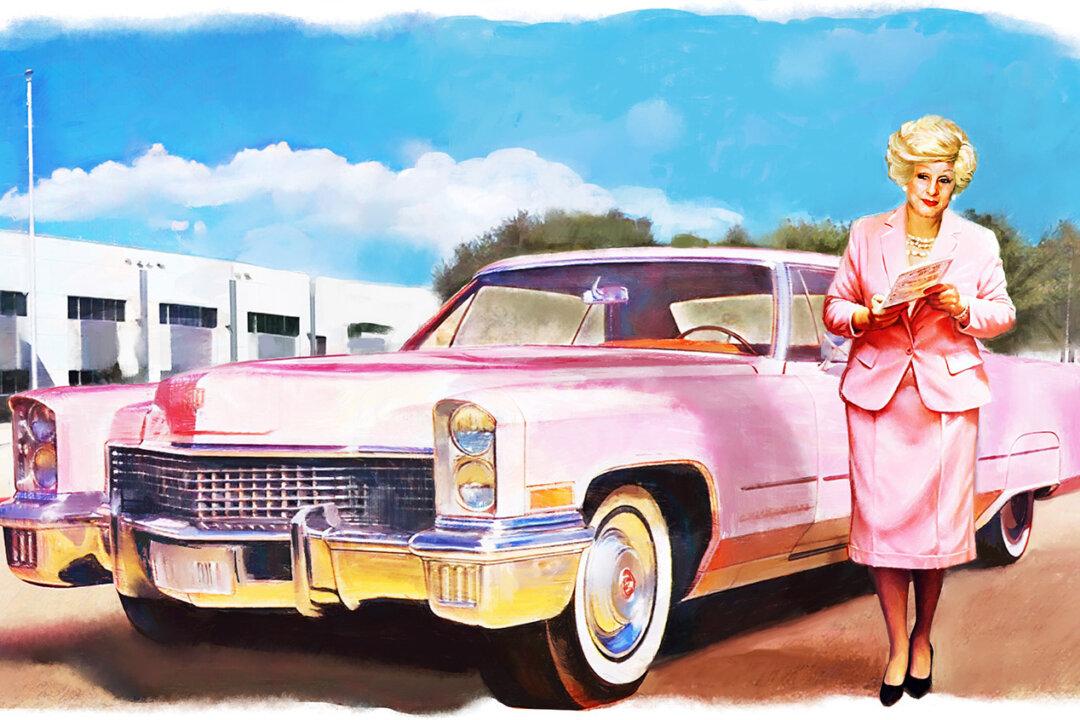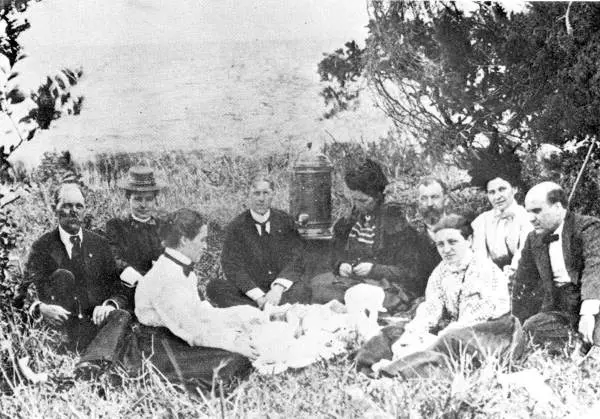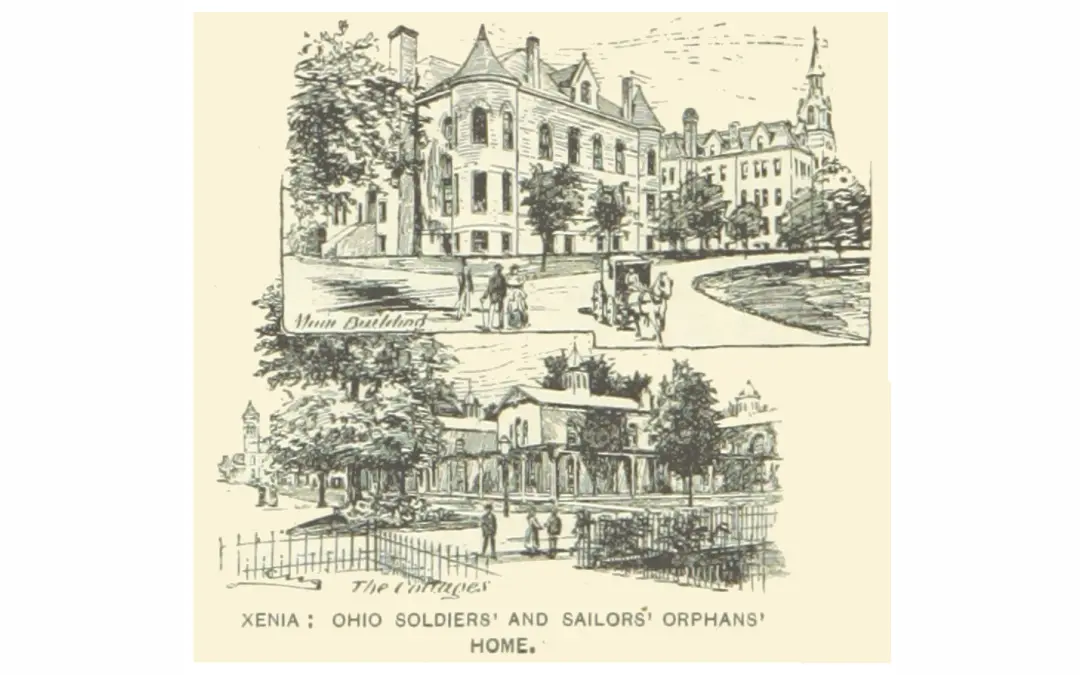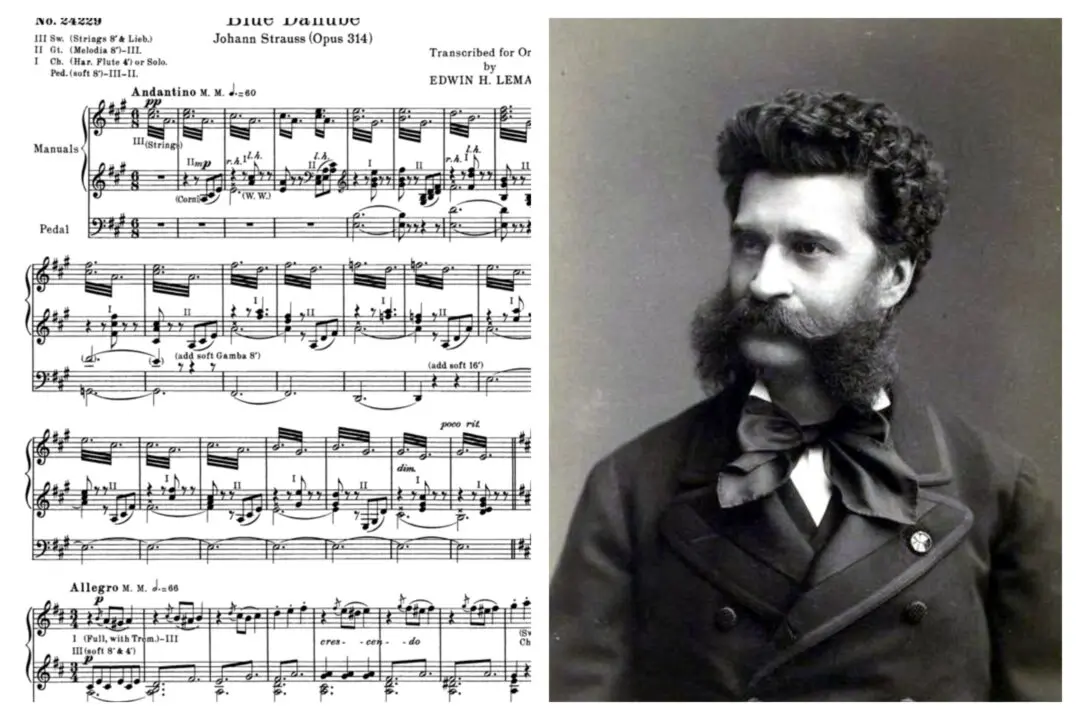“My girls didn’t like me having a Cadillac,” said Beverly Fox, a former independent sales director for Mary Kay Inc. “It was too big; they were embarrassed.” Although her children may not have fully appreciated the luxury they were basking in, Fox—now 83—has fond memories of working at the cosmetics company during the late 1970s. Her greatest source of pride was not, as it turns out, owning a coveted Pink Cadillac. It was meeting Mary Kay Ash.
“She would invite all the consultants to her home,” Fox remembered. “That was back when the company was still small enough to do that.” Fox recalled, in particular, the sunken marble bathtub that she and her coworkers would sit in to have their pictures taken.





